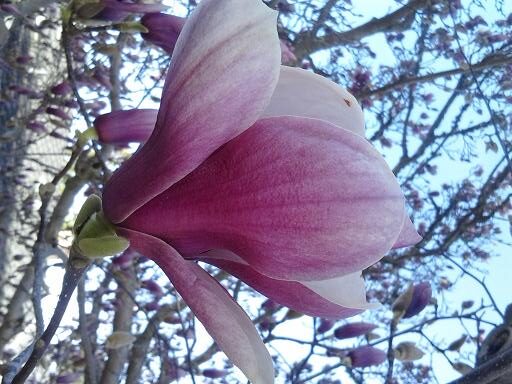UNITED STATES—So many really nifty small trees never get an opportunity to perform to their best potential. Many function so well as shrubbery that there is no need to prune them into tree form. Many just get shorn down because that is the most obvious option.
There certainly is no problem with maintaining large shrubbery as shrubbery if that is the intended function. Oleander, photinia, privet, bottlebrush and various pittosporums are all excellent shrubbery, and except for oleander, can be shorn into hedges. Yet, any of them can alternatively be grown into small trees.
‘Standards’ are shrubs that are trained onto single staked trunks. Small shrubs trained as standards, such as boxwood, azalea and euryops, are really only shrubbery on a stick. The larger shrubs though, are more often trained onto trunks about six feet tall so that they can develop as small trees with single trunks.
However, they do not necessarily need single straight trunks. Many have naturally sculptural trunks that are worthy of display. They can be planted as shrubbery, and simply trained up on a few of the trunks that they are naturally equipped with. They only need lower growth pruned away as they mature, instead of getting pruned down.
Overgrown shrubbery that has become so obtrusive that it might otherwise need to be removed can often be salvaged by getting pruned up as small trees. For example, if a New Zealand tea tree or myoporum has gotten so wide at the base that it is awkward to work around, the basal growth can be pruned away so that only upper grown that has adequate clearance remains suspended on exposed trunks. The gnarly trunks within are often more appealing than the abused foliage that obscured them.
Japanese maple, crape myrtle, water gum (Tristania laurina) and various podocarpus really are small trees, but often get shorn instead of pruned properly by ‘mow, blow and go’ gardeners who do not know any better. Olive, coast live oak and saucer magnolia are substantial trees that often get shorn into shrubbery before they can grow beyond the reach of abusive gardeners.
Hollywood juniper as well as some of the other larger junipers, naturally develops into sculptural small trees that are just as appealing with or without their lower growth. The gnarly foliated stems are just as sculptural as the trunks and stems within. If space allows, they can be left to grow somewhat wildly with only occasional pruning of superfluous stems.
Highlight: Saucer Magnolia Before the deciduous foliage regenerates, saucer magnolia, Magnolia X soulangeana, is already completely overwhelmed with a profusion of big pastel pink and white flowers. Some of the many cultivars bloom white, paler pink or purplish. Some are more purple than pink. Individual flowers are about six inches wide. Some cultivars bloom with globular flowers that do not open quite so broadly. Others open even wider. The largest flowers can get almost a foot wide. Eventually, fading flowers will be replaced with big and soft lime green leaves. Most saucer magnolia trees are grown with several trunks and low branches to display the bloom more prominently, as well as to display the sculptural branch structure while bare through winter. The flat bark is strikingly light gray.






